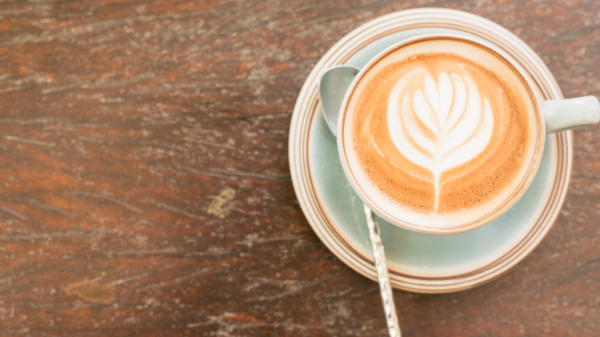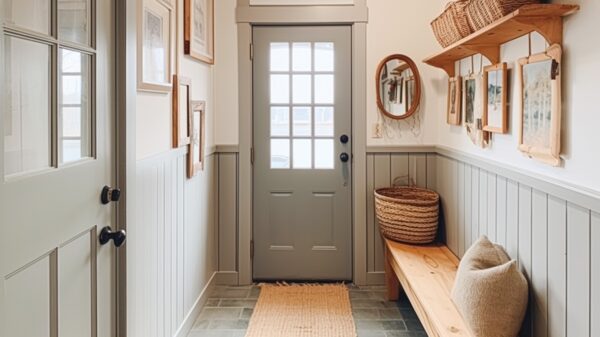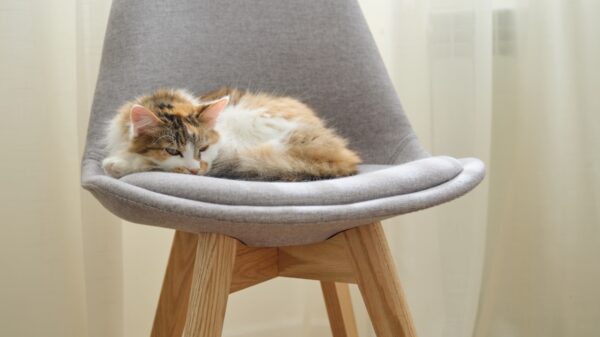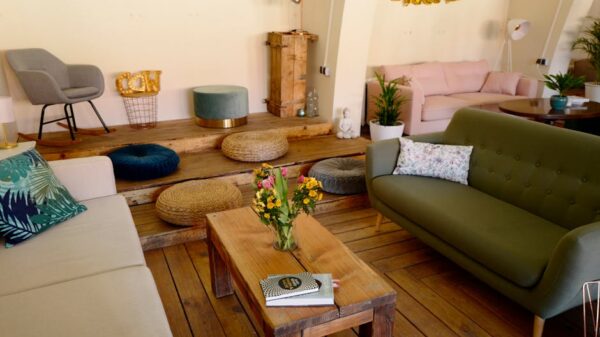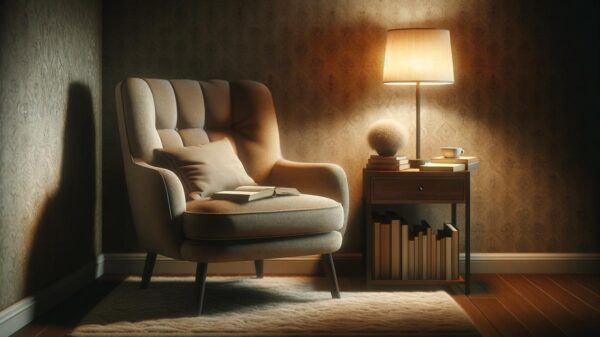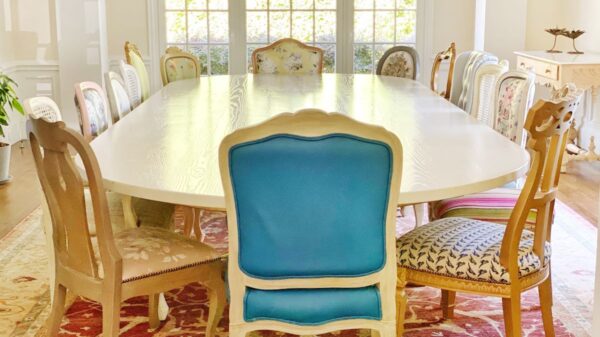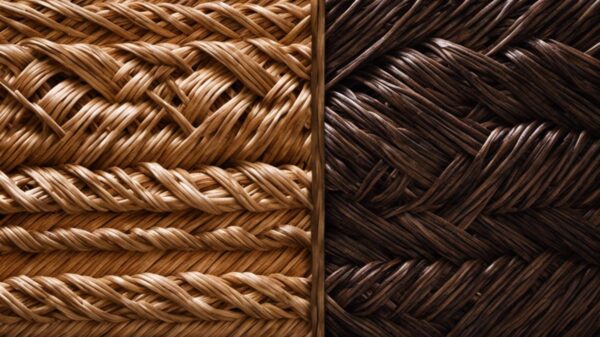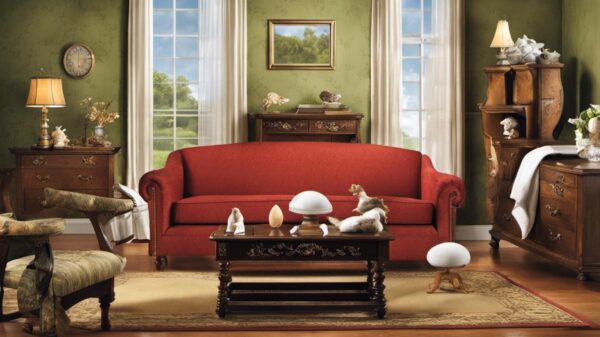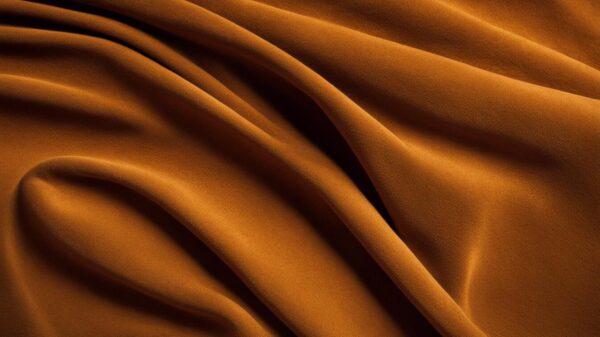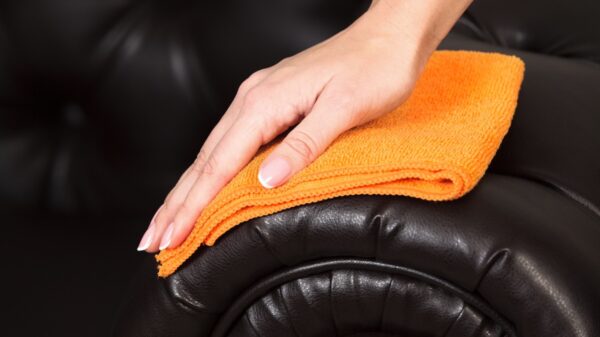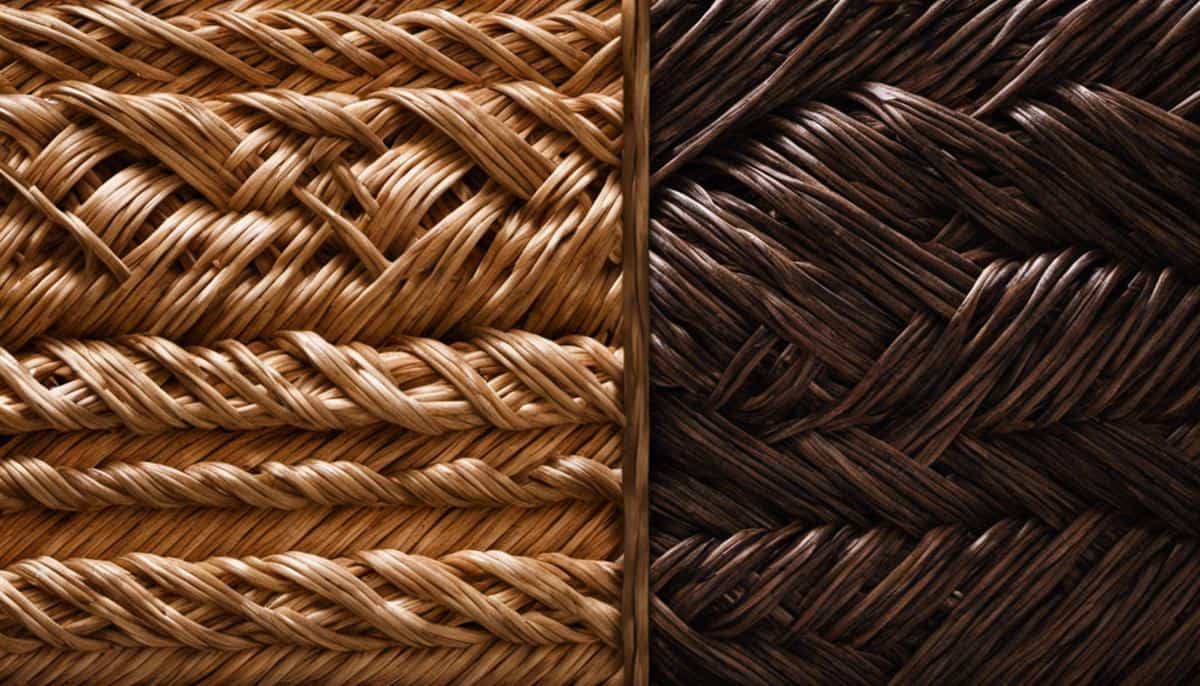Easy Steps to Clean Your Wicker Furniture
Wicker furniture, admired for its lightweight and versatile nature, has graced homes, patios, and sunrooms for generations. It’s an eco-friendly choice that adds an aura of casual elegance and comfort to any space. Despite its many advantages, wicker does require special care and cleaning due to its woven texture and vulnerability to moisture, temperature, and dust. This in-depth guide aims to illuminate the nature, properties, and durability of wicker as a furniture material. It also provides a comprehensive understanding of the necessary items and procedures needed to clean your wicker furniture safely and efficiently, ensuring the preservation of your loved pieces for many more years.
Understanding Wicker Material
Unraveling the Wicker World – A Deeper Look into Wicker Furniture and How to Clean Your Wicker Furniture
Immersing in the world of artisan crafts can bring one to discover a passion for wicker furniture. The intricacy of the woven patterns, the artists’ exceptional craftsmanship, and the furniture’s rustic charm can ignite an insatiable desire to learn more about this remarkable hobby. Having spent considerable time in the realm of wicker furniture, a deep understanding of its composition, and intimate knowledge of its unique cleaning requirements, emerges.
Wicker isn’t so much a material as it is a method. Intricately weaving branches, reeds, or vines into a variety of functional and decorative items results in stunning wicker furniture. This craftsmanship has been honed over centuries, resulting in creations that display superior charm and durability.
Generally, wicker furniture is composed of materials like rattan, bamboo, sea grass, or synthetics. Rattan, a strong vine grown in tropical rainforests, is one of the most popular choices, prized for its durability and flexibility. Bamboo, while sturdy, tends to crack when bent, and is often combined with rattan for added flexibility. Seagrass wicker furniture, the artisan’s favorite, possesses a unique aesthetic and high-resilience factor. Due to advancements in technology, synthetic wicker furniture made of resin or vinyl has become increasingly prevalent. Resistant to elements and easy to maintain, these synthetic options offer practicality especially for outdoor wicker furniture.
This eclectic blend of material choices brings forth an important aspect of wicker furniture – its need for specific cleaning methods. Unlike other types of furniture, wicker can’t be arbitrarily wiped down with any household cleaner. The composition of wicker and its weaving nature make it susceptible to dust and dirt accumulation in the crevices.
So, what’s the secret? A light, gentle touch. Just like how the weavers craft the wicker furniture with precision, cleaning should be done with similar meticulousness. A light dusting or vacuuming weekly keeps the dust at bay. And as for spillages, an immediate blot and gentle cleaning with a cloth dipped in mild soapy water are recommended. Avoid aggressive scrubbing, as it can damage the wicker’s natural fibers and weaken its sturdiness.
Another crucial point is never to subject wicker furniture to intense moisture or allow it to stay wet, as it can lead to the growth of mold and mildew. Therefore, always dry it thoroughly after cleaning. Synthetic wicker furniture might resist moisture better, but it equally appreciates the same attention to ward off potential damage.
In conclusion, the inherent charm and beauty of wicker furniture lies in its hand-woven, organic nature. Realizing this and understanding the materials it’s crafted from make it apparent why it requires specific cleaning methods. It’s a form of respect to the craft, preservation of its quality, and an art in itself. After all, love for a hobby manifests in each detail, down to how meticulously its products are cared for. Understanding and embracing this unique requirement of wicker furniture’s upkeep brings an admirer closer to becoming a true enthusiast.
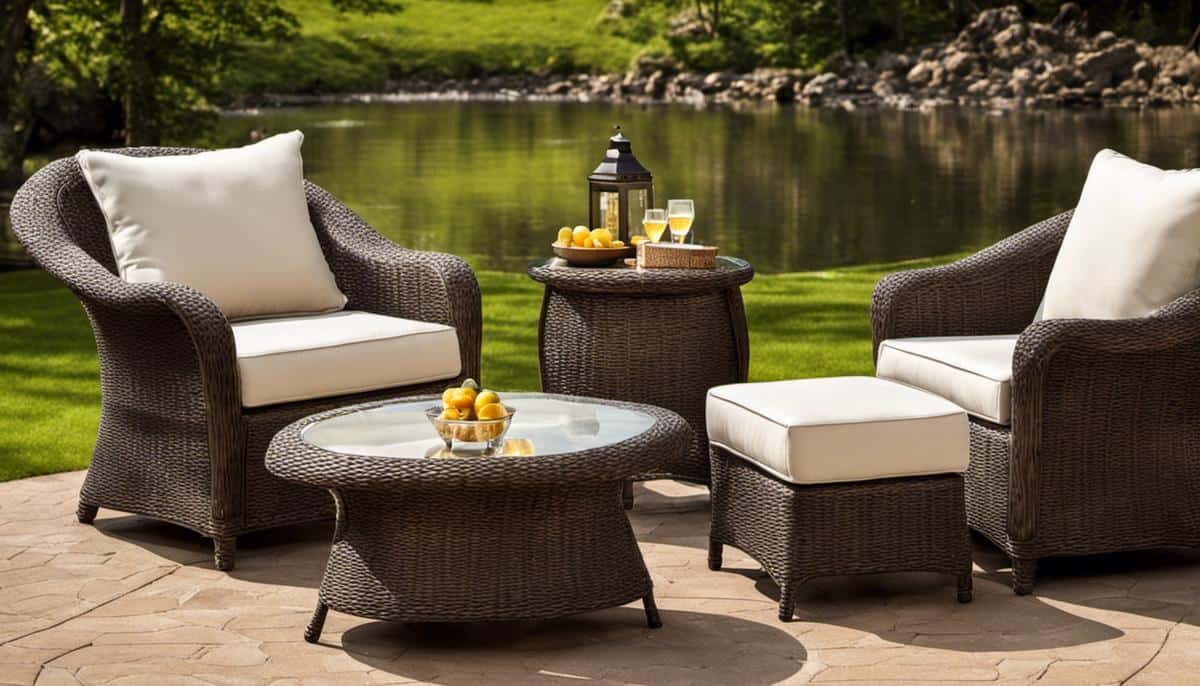
Preparation for Cleaning
Prepare to Clean Your Wicker Furniture
You’d certainly agree that nothing compares to the distinctive aesthetic appeal of wicker furniture. But owning such ornate pieces comes with an intriguing challenge – maintaining their longevity with meticulous cleaning and care. This guide highlights the critical steps to undertake before embarking on the cleaning process to ensure the integrity and lifespan of wicker furniture.
Firstly, understanding the furniture’s materials – whether natural or synthetic – form the backbone of an informed cleaning process. Take the time to research and get to know the specifics of your furniture. Natural wicker, made from rattan, seagrass, or bamboo, is distinctively sensitive to moisture and excessive heat. Synthetic wicker, employing PVC or resin, on the other hand, is more resistant. This knowledge serves as the compass to the unique cleaning needs of the specific wicker in your possession. Always refer to the manufacturer’s guide for crucial insights on material composition if available.
Post understanding the type of wicker, assemble the cleaning elements suitable for your furniture. Gentle, non-alkaline soaps, soft brushes, lint-free cloths, and a vacuum with a brush extension are excellent starters. If dealing with natural wicker, remember to err on the side of caution with the least invasive methods.
As part of the preparation process, inspect the furniture diligently. Look for any signs of damage, loose ends, or any fraying. If the furniture is antiquated or delicate, best to consult a professional restorer before proceeding. Wicker, especially natural, can be a fragile material and tampering with any pre-existing damage can potentially exacerbate it.
Remember that the environment where you carry out the cleaning is equally crucial. Choose a dry, shaded, and well-ventilated spot, for natural wicker especially. Outdoor cleaning might appear tempting, but sunlight can be quite harmful to wicker, causing it to dry out, become brittle, and subsequently break.
Equally important is to consider the timing. Deep cleaning of wicker furniture is typically a sunny-weather activity for organic materials. However, keep an eye on the heat. Too much sun exposure can cause the material to crack and split. The ideal weather would be a slightly sunny, windless day – enough for natural drying without risking damage.
Last but not least, arm oneself with patience. Cleaning wicker furniture isn’t a fast task. It’s a careful process that requires intricate attention to detail and slow, gentle operations. Be prepared to put in the time to ensure the job is done correctly and without inflicting damage to the craft’s intricate handiwork.
Embracing the singular maintenance needs of wicker furniture shows respect and admiration for the craftsmanship and its long-standing history. So delve deep into these nuances. There’s an unmatched satisfaction and contentment in preserving these beloved furniture pieces, contributing to their longevity, and thus the chronicles of wicker artistry.
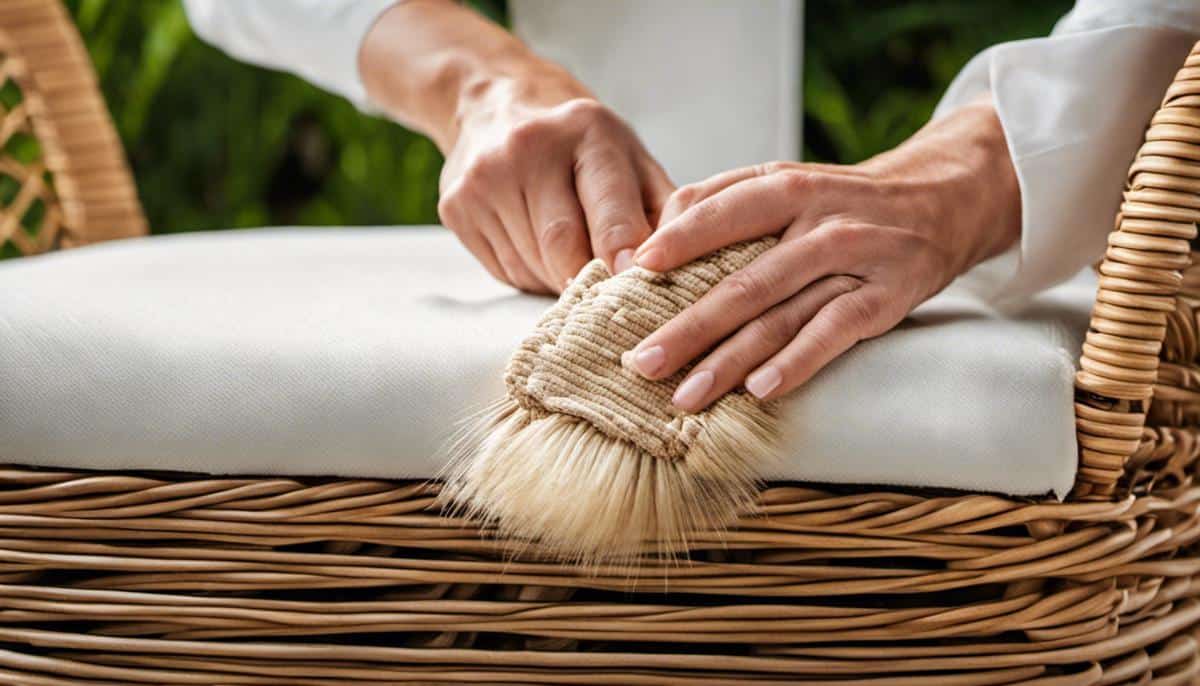
How to Clean Your Wicker Furniture
Mastering the Art of Preserving Wicker Furniture: A Detailed Cleaning Guide
Following the passion for intricately woven wicker furniture, know this- a little bit of care goes a long way in preserving its charm. Part of this care involves how you clean the furniture, a subject already delved into in our previous sections. Let’s now move towards the nitty gritty and understand exactly how to undertake this cleaning process.
Wicker is fashioned out of several materials — rattan, bamboo, seagrass, resin, to list a few. Knowing the material your furniture is made of shapes the cleaning process. Be sure you know your furniture well before you start with the cleaning.
Ready to dive in? Start by collecting your cleaning arsenal — a soft-bristle brush, mild detergent or dish soap, a few soft cloths, and a toothbrush for those stubborn spots. Remember to steer clear of harsh chemicals or cleaning agents that might damage the wicker material.
Before the cleaning commences, inspect your furniture closely. Look out for any fraying, breaks, or areas where the weaving has come loose. The cleaning process might have to be modified for these areas to avoid exacerbating the damage.
Location is a critical factor during the cleaning process. Choose an outdoor setting, preferably in shade or a well-ventilated indoor area to allow air circulation as you clean. This helps speed up the drying process, crucial for wicker furniture. Direct sun exposure isn’t suggested as it may cause the wicker to dry out too quickly, leading to splits or cracks.
Ensure to pick a day with the ideal weather. A dry, overcast day is perfect as it aids in faster drying without subjecting the furniture to excessive sunlight. On a rainy or humid day, wicker tends to absorb moisture, complicating the drying process.
Cleaning wicker furniture is akin to a mindfulness exercise. Patience, not haste, is key. Be gentle as you scrub, taking care not to disrupt the intricate woven patterns. Approach this task as you would a beloved pastime, not a cumbersome chore. Start by gently brushing off the dust using a soft-bristle brush. Then, wash the surface with a mild soap solution. Reach the nooks and crannies using a toothbrush. Finally, wipe the furniture using a soft, dry cloth.
By actively engaging in the cleaning process, every enthusiast is playing their part in conserving the timeless appeal of their wicker pieces. It’s not just about keeping the furniture clean; it’s about preserving the artistic expression and the artisan’s hard work embedded in every woven strand. Armed with this newfound knowledge and enthusiasm, may every wicker furniture cleaning day become an event marked high on your calendar. Your furniture will surely thank you for the extra special attention!
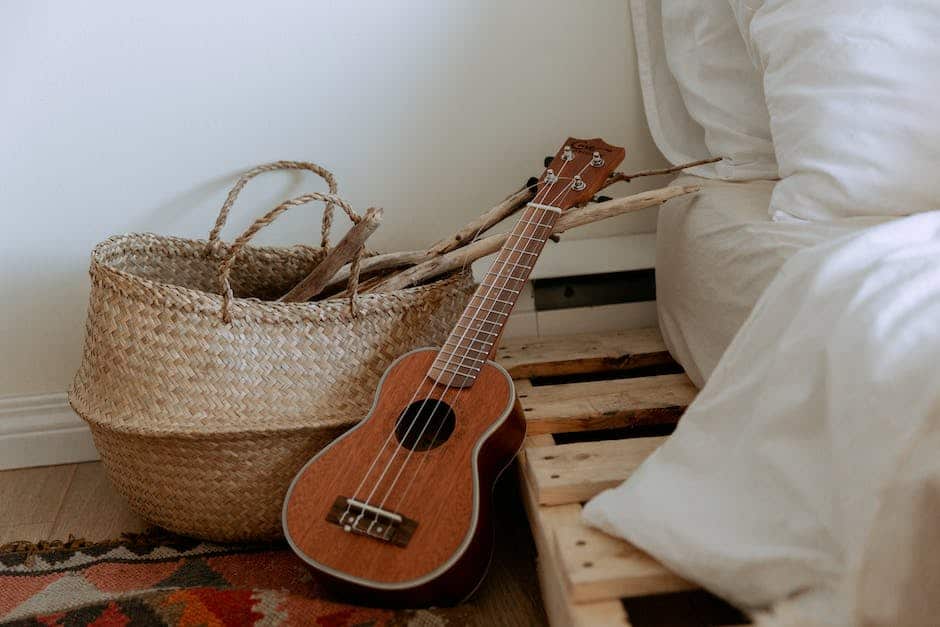
Having equipped you with detailed insights into the world of wicker, from understanding its intrinsic qualities and reasons for the requirement of unique maintenance to detailed procedures on how to clean your wicker furniture, it’s hoped that the longevity and beauty of your wicker furniture will be exceedingly well maintained. With knowledge of the right tools to use, the cleaning process, and the correct drying methods, you can ensure that your wicker stays at its best, preserving its charm. Remember, good care brings life extends life, and preserves the aesthetic appeal of your wicker furniture, making your spaces more warm and inviting.




